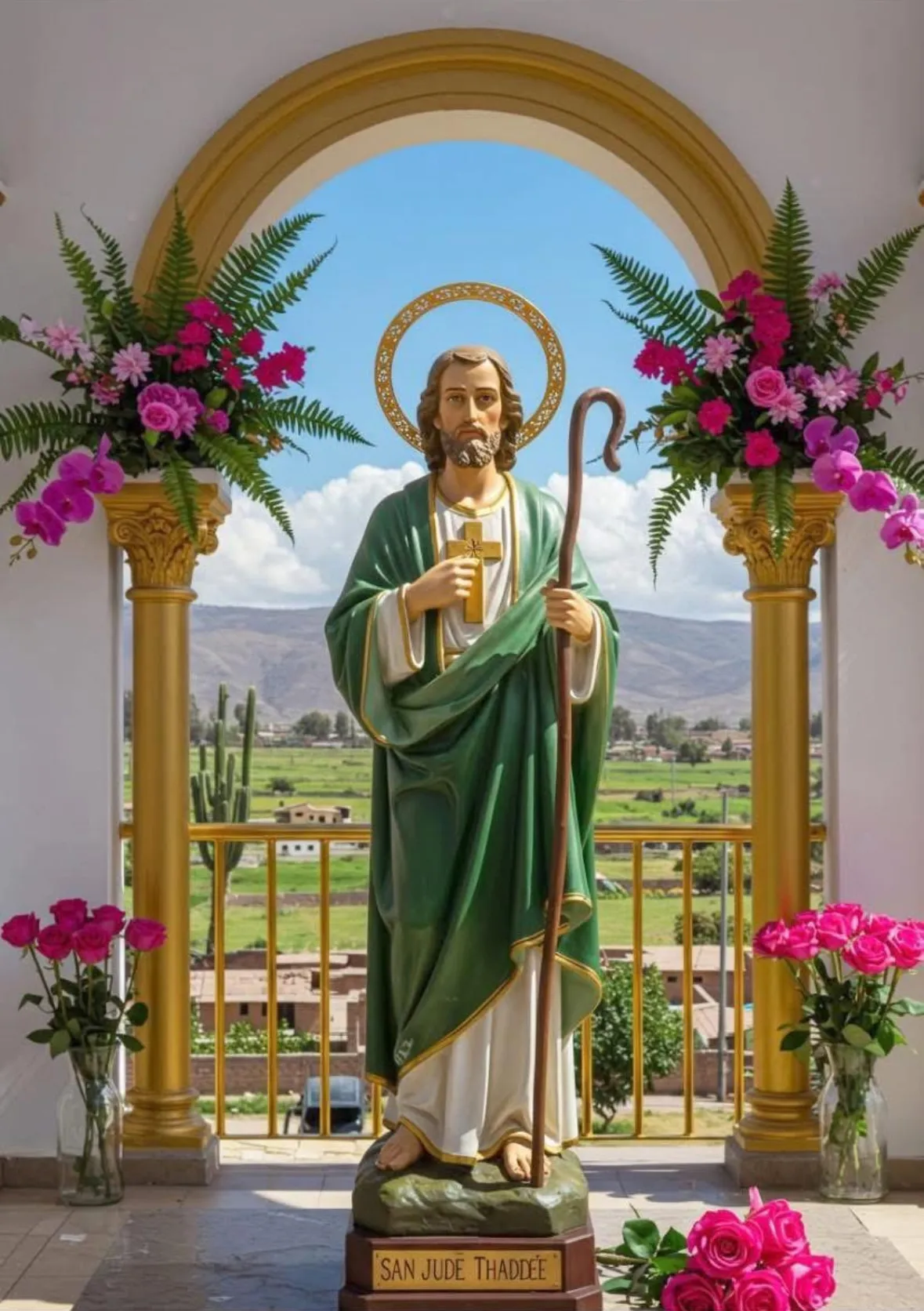Published in Catholic Heritage Journal
In an era when many traditional practices are often overlooked or forgotten, the act of genuflection remains one of the most poignant, physical expressions of faith within the Catholic Church. For centuries, Catholics have knelt before the tabernacle, the altar, or sacred persons—not merely as a sign of humility, but as a liturgical language that speaks volumes without a word.
But there is a detail that even many devout Catholics may not be aware of: the specific knee on which you genuflect carries a deep and symbolic meaning. This distinction, far from being a matter of habit or convenience, reflects centuries of theology and spiritual hierarchy.
In Catholic tradition, the right knee is reserved for adoration—the kind of worship and reverence that is due to God and God alone. When a believer genuflects on their right knee, especially in the presence of the Blessed Sacrament, it is an act of profound submission to the divine. It is not merely a nod to custom; it is a gesture of faith that recognizes the real presence of Jesus Christ in the Eucharist.
This action is typically performed when entering or exiting a church where the tabernacle is visible. It may also occur during Eucharistic Adoration or processions, where the right-knee genuflection becomes a silent proclamation: “My Lord and my God.”
This is why, liturgically, Catholics bend the right knee during certain parts of the Mass—most notably during the Creed on Christmas and the Annunciation, as well as before receiving the Eucharist.
In contrast, kneeling on the left knee is a traditional gesture of veneration—a profound form of respect, but not worship. This gesture may be used when honoring earthly figures who hold sacred office or symbolic authority in the Church.
A prime example is the act of kneeling before the Pope, the Bishop of Rome and Successor of Saint Peter. Traditionally, when Catholics are presented to the Holy Father, they genuflect on the left knee and, if permitted, kiss the Fisherman's Ring, a symbol of papal authority.
This is not an act of idolatry—it is a recognition of the Pope’s role as Vicar of Christ, not Christ Himself. Worship is never directed to a human being; rather, such a gesture honors the spiritual office held by the Pope, rooted in apostolic succession going back to Peter.
In today’s increasingly secular and symbol-averse world, such details might seem trivial. But within Catholic liturgy and theology, gestures are never meaningless. The body expresses what the soul believes. The very structure of Catholic worship is incarnational—just as God became man in Jesus Christ, so too does our worship involve the physical body as well as the heart and mind.
Misusing these gestures—whether out of ignorance or casualness—risks blurring the boundaries between adoration (which belongs to God) and veneration (which may be given to saints or holy figures). More importantly, it risks losing the richness and reverence that makes Catholic worship unique and deeply rooted in tradition.
Restoring awareness of this small but meaningful distinction can help reawaken a deeper appreciation for the sacred in our everyday acts of worship. When we kneel on the right knee, we echo the reverence of countless saints, martyrs, and faithful before us. When we kneel on the left, we recognize the spiritual offices that serve the Body of Christ on earth.
In a time when many Catholic customs are being simplified—or, worse, forgotten—the rediscovery of such traditions offers a path back to intentional, reverent, and spiritually nourishing worship.
So next time you kneel, pause for a moment. Ask yourself: “To whom is this gesture directed?” Then let your knee—and your heart—speak accordingly.



